Updated August 13, 2024
I haven’t taken a food tour I didn’t enjoy. While some are better than others, they share three common characteristics: a leisurely stroll, staggered tastings from the local culinary scene, and an introduction to the history, architecture, and culture of a place. Here is a review of a Havana food tour that checks all three.
Table of Contents
Food scene: Havana, Cuba
In my pre-trip research of Havana, reviews of Cuban food were mixed. Some people described it as a monotonous supply of rice and beans. Others raved about a cuisine with Indigenous, Spanish, African, and Caribbean influences, and the rich array of fresh ingredients.
We were keen to find out for ourselves and figured a food tour was an ideal place to start. Enter Food Tours Havana, and the three-hour Food Tours in Old Havana.
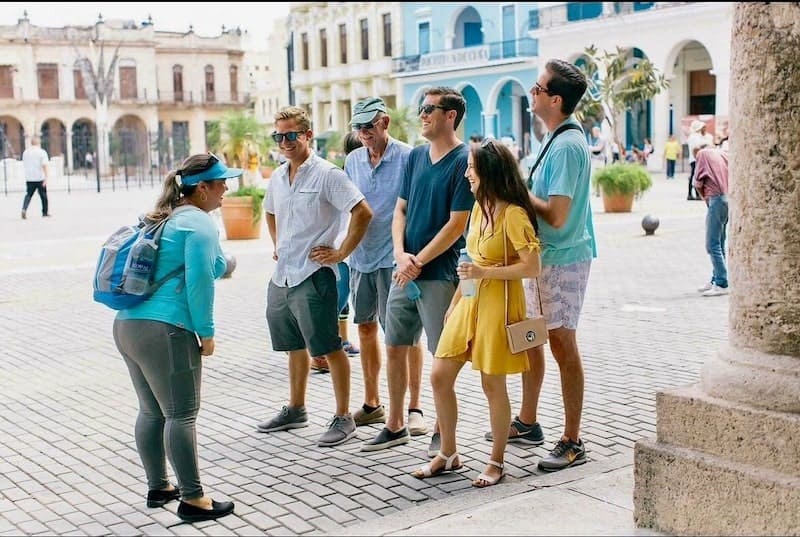 Photo credit: Food Tours Havana
Photo credit: Food Tours Havana
Our tour guide
It takes a special talent to successfully lead small group tours. Ana Isabel Fuentes Vega has it. Her pre-tour email created a strong first impression. She asked for additional information on a food allergy I’d listed on the booking, and her directions to the meeting place were clear. It was conveniently located a few metres from Plaza Vieja. The email included a couple of photos of Ana in case we needed help finding her.
The initial face-to-face meeting was warm and enthusiastic. Ana carried a backpack full of goodies: bottled water for everyone, cool, wet neck wraps to help us cope with the heat, and ponchos in the event of rain. This heightened expectations and reinforced that we’d made a superb choice on how to spend our first full day in Cuba. I couldn’t wait to get started.
Havana food tour
It’s advertised as a small group tour. With Ana from Cuba, we were six. Two of us came from Canada, and three from Sweden.
Walking and tasting our way through the cobblestoned streets and plazas of Old Havana consumed a pleasurable few hours. Food stops were strategically staggered over the course of the tour.
Between food stops, Ana shared her vast knowledge. She had studied languages in university, and has a fabulous grasp of English, the language of our tour. Ana is also fluent in German.
Her delivery was passionate, evident of her love of Cuba. No culinary or non-culinary question was left unanswered. She genuinely wanted us to enjoy the tour and learn as much as possible about her homeland.
There were six food stops, all at privately operated food stands and family restaurants. At each one, we learned about the vendors, ingredients, and origins of each dish.
1. Cuban breakfast
The first stop was at our meeting place. I was impressed, as it assumed that most of us had arrived hungry for a 10:00 am start to a food tour.
It consisted of a typical Cuban breakfast of toast, butter, and café con leche, a blend of warm milk and espresso coffee. The toast was for dunking. I figured dunking was optional. The toast and coffee were so good, I savoured the taste of each by keeping them separate.
2. Churros
Eros and his churros cart were outside the Museo del chocolate at the corner of Mercaderes and Amargura.
It was Sunday, so there was a long line of customers. Eros gave Ana and our tour preferential treatment and presented us with a cone of the hot freshly made snack. Churro dough consists of flour, water, sugar, vanilla, and salt. It’s deep fried, served in a paper cone, and lightly dusted with sugar.
3. Fresh produce market
The next stop was at a typical market where vendors sell fruit, vegetables, and meat. Ana pointed out the various root vegetables that are staples of the Cuban diet.
- Malanga is the rhizome of the plant known in the gardening world as ‘elephant ear.’ It’s the key ingredient of Frituras de Malanga (malanga fritters), a dish we enjoyed at a subsequent stop.
- Boniato is a sweet potato with orange flesh. As a vegetable, it can be baked, steamed, boiled, sautéed, roasted, or fried. It’s also used to make boniatillo, a jam-like dessert.
- Yuca is an alternative to potatoes. It’s the root of the drought-resistant cassava plant.
All three vegetables can be boiled. When they’re boiled, a Mojo sauce is poured on top. Mojo consists of onions and garlic sautéed in oil. In the case of yuca, lemon is added to the sauce.
Julio prepared chilled coconut water and a mixed plate of bananas, papaya, pineapple, and guava. He starts work at 3:00 am by going out to the farms to buy produce for his stall where he works until 6:00 pm.
4. Ropa Vieja
Ropa Vieja (“Old Clothes”) is a traditional Cuban dish served with rice and Frijoles Negros (Black Beans). It’s considered by some to be the national dish of Cuba.
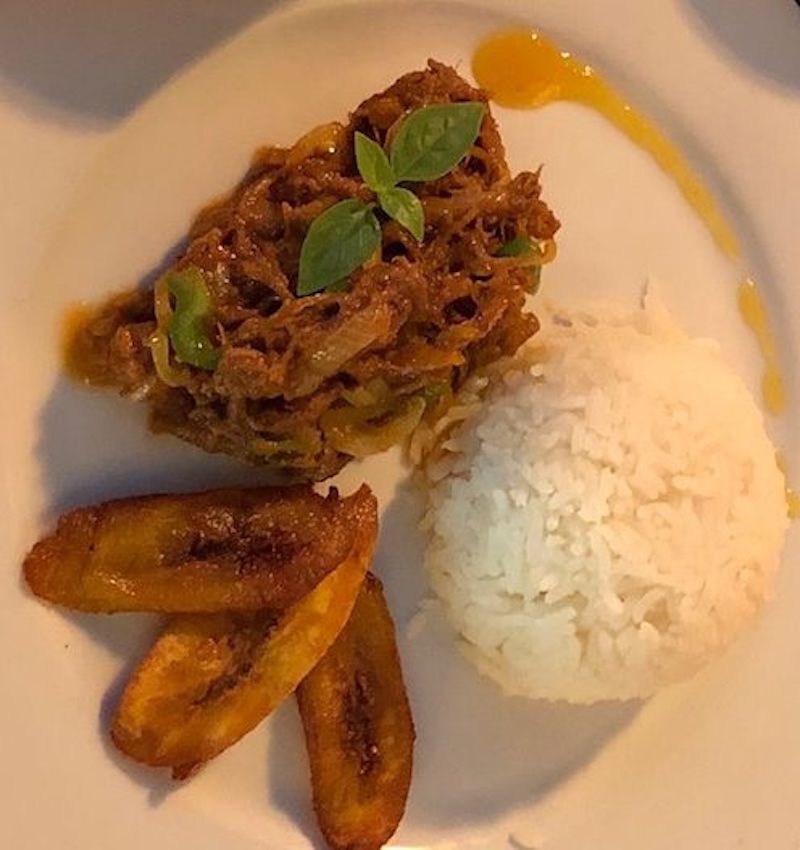 Photo credit: Ana Isabel Fuentes Vega
Photo credit: Ana Isabel Fuentes Vega
Flank beef is braised in water for as long as it takes to achieve an appropriate consistency for shredding. The grains of flank steak yield long strands resembling the dish’s namesake of torn clothing. Other ingredients include sautéed onions, garlic, bell peppers, and olives. Spices include salt, pepper, and cumin. The sauce is made with tomato sauce/paste and white wine.
5. Enchilado de Langosta with Plaintain Chips
Enchilado de langosta (Cuban Lobster Stew) is cooked in a mildly spicy tomato sauce.
At this stop, we enjoyed an original Cuban mojito. It was my first mojito, ever. It was sooo good, it certainly wasn’t my last while in Cuba.
A traditional Cuban mojito is made with the Cuban mint, hierbabuena. It’s not as minty as spearmint. Hierbabuena leaves have a citrus-like flavour that comes from the stem, whereas spearmint has a minty flavour from oils in the leaves. Hierbabuena has just a hint of mint.
Anyone know where I can find a hierabuena plant in Canada?
6. Gelato
Our last stop involved a refreshing gelato with a wide choice of tropical flavours.
Restaurants come and go, and new discoveries are added to tour schedules. I notice a stop at Doña Eutimia has been recently added. I can see why!
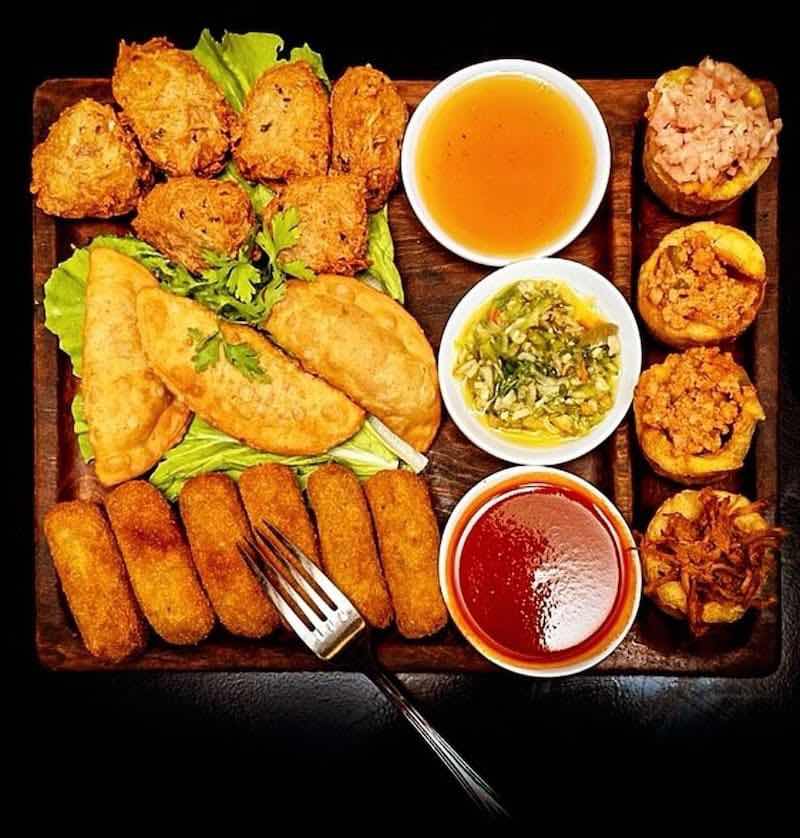 Photo credit: Food Tours Havana
Photo credit: Food Tours Havana
Follow up with recipes
Ana followed up by sending recipes for most of the dishes we enjoyed on the tour. I’m keen to try them: Frituras De Malanga (Malanga Fritters), Frijoles Negros (Black Beans), Ropa Vieja, Enchilado de Langosta (Cuban Lobster Stew), and the Original Cuban Mojito with Hierbabuena.
I’d love to post them here, but you really need to experience these dishes for yourself in the heart of Havana with Food Tours Havana.
Conclusion
Food Tours Havana offers an excellent introduction to Cuba’s culinary landscape. You won’t leave hungry. However, it’s more than a food tour. It’s a superb introduction to the history and culture of Cuba.
In addition, it provides a wonderful orientation to Old Havana. Take it early in your visit so you can return to many of the places skimmed over on the tour.
Travelling to Cuba? If so, you might be interested in:
- 5 Steps to finding Wi-Fi in Cuba
- A recommended Havana casa particular
- What makes Havana’s Parque John Lennon special?
If you found this post helpful, please share it by selecting one or more social media buttons. Have you taken a food tour in Havana? If so, please share your recommendations in the comments. Thank you.
Care to pin it for later?
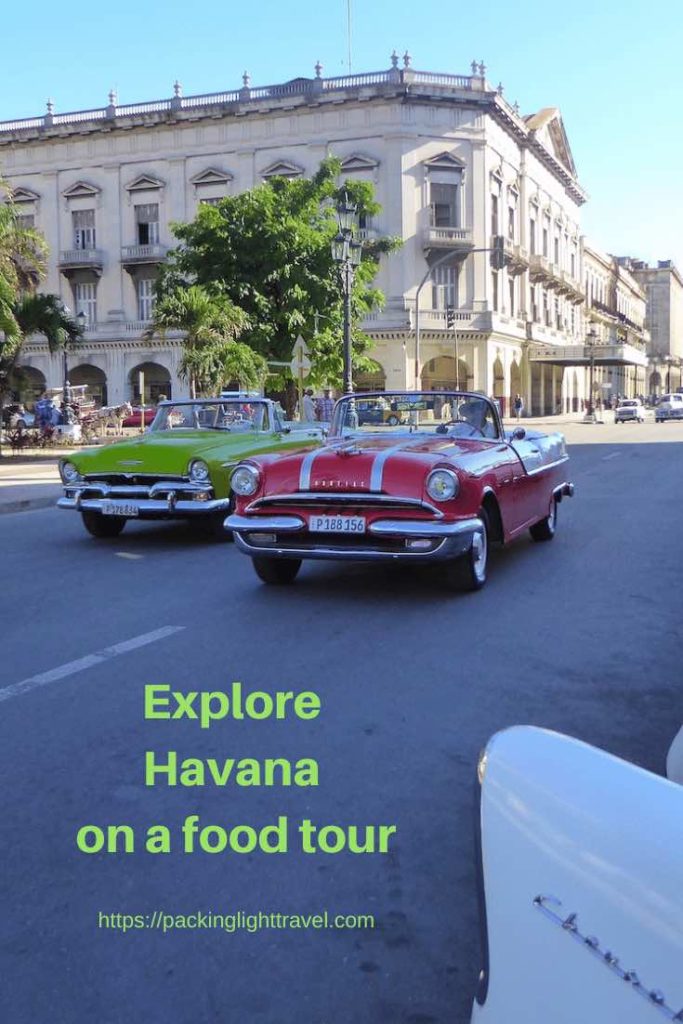
This review is neither sponsored nor solicited. I’ve not received any requests, instructions, or compensation from Food Tours Havana. I paid the full price of admission for the tour. Since then, Food Tours Havana is prepared to offer a 10% discount to Packing Light Travel readers. If you’re interested, send them an email at info@foodtourshavana.com to receive a code to use for your booking.

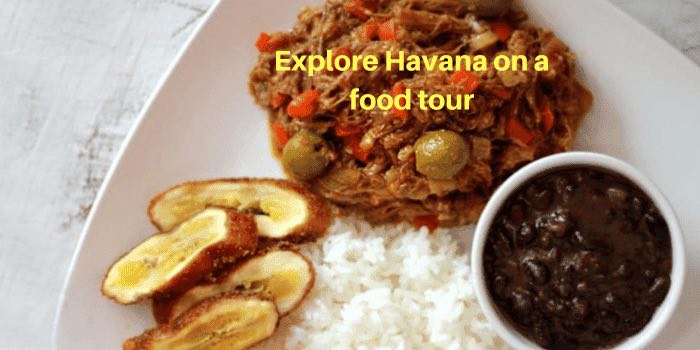
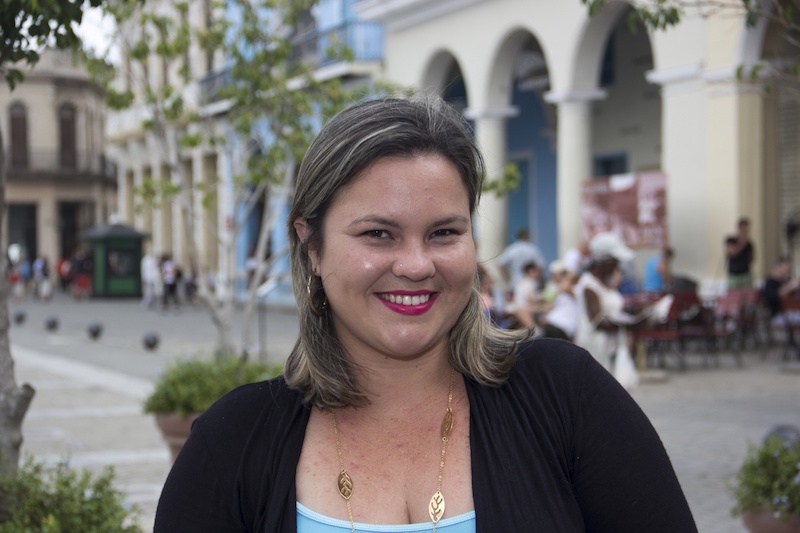
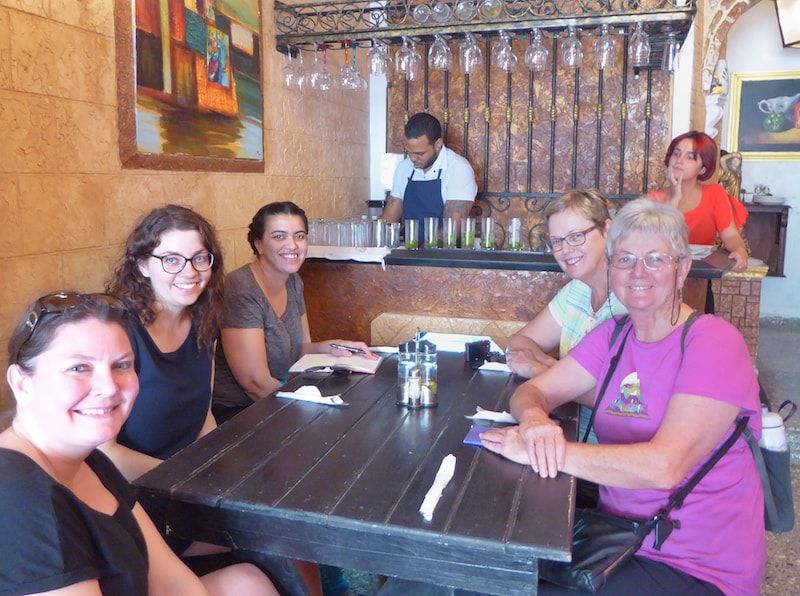
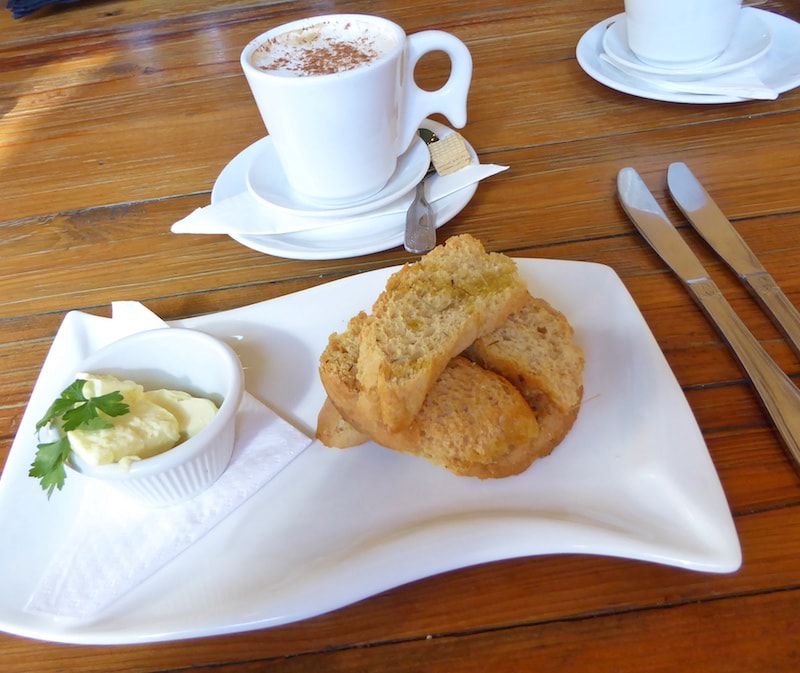

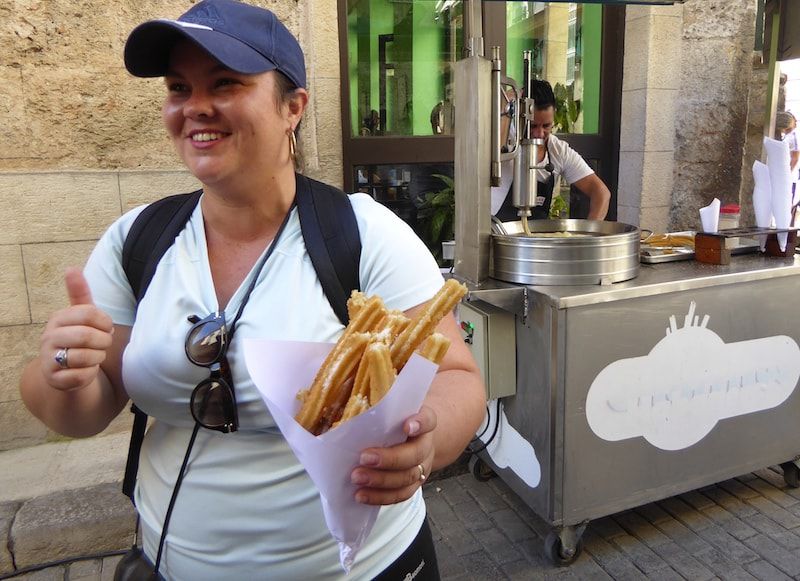
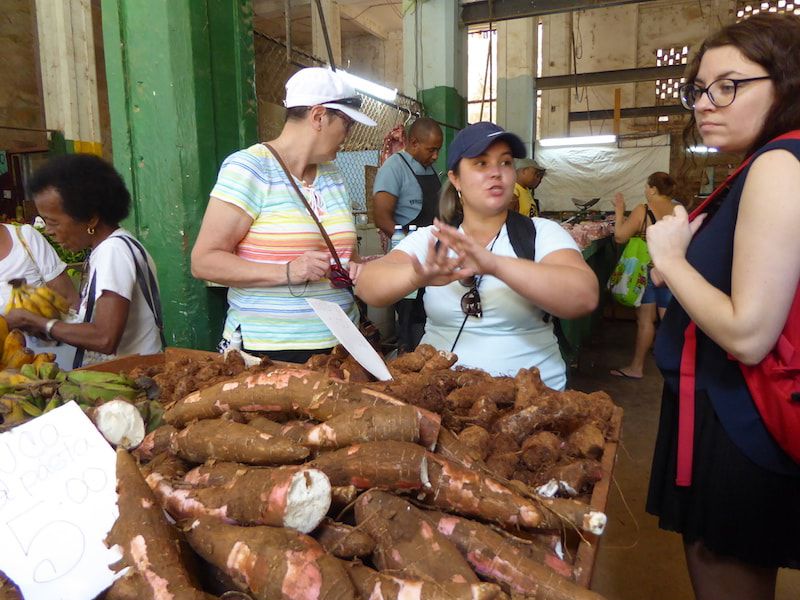

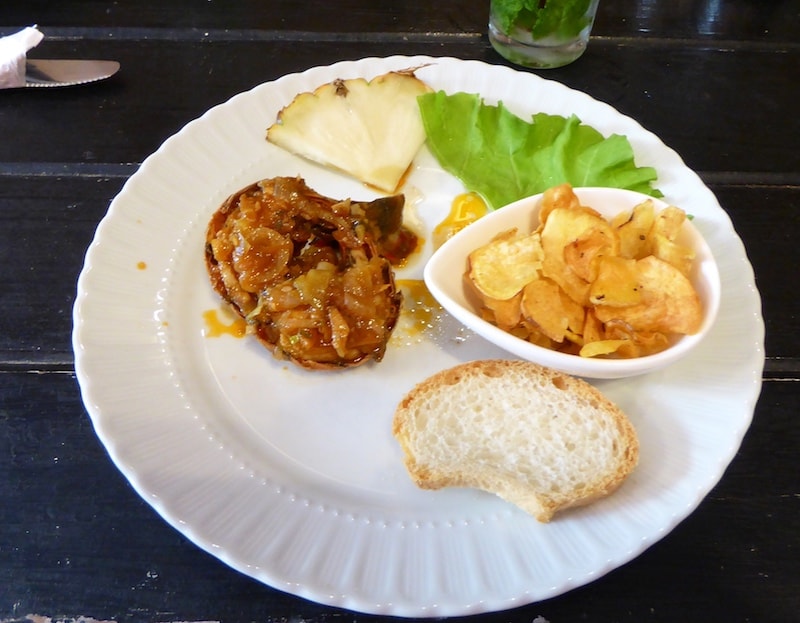
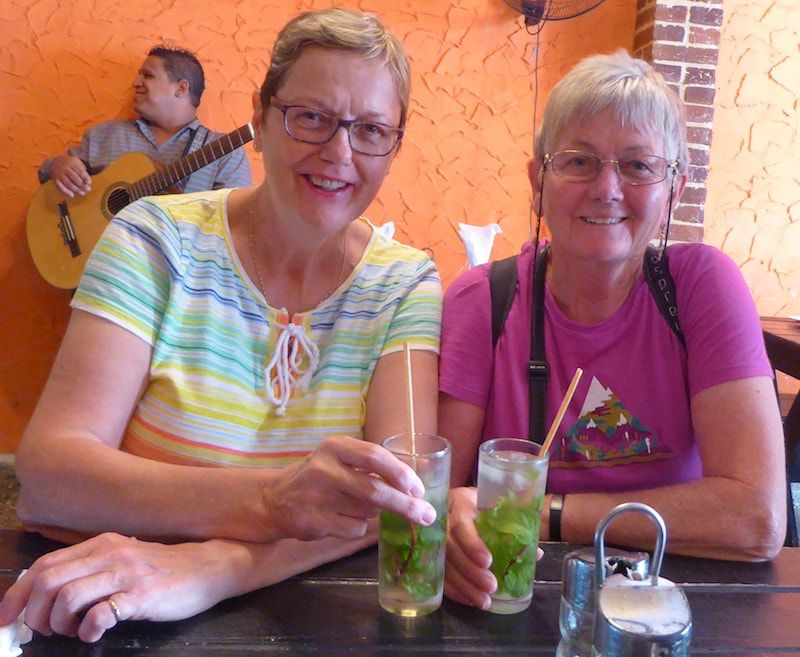




Looks like an amazing trip to Havana! Would love to hear more details about where you stayed and details about tour guides you used.
We did this tour in January, it was a fantastic insight into Havana and its foods and customs. Ana is the ultimate guide. We missed out on the churros though so may have to go back!
We just got back from Cuba. While we were there we had the pleasure of doing a food tour with Ana as our guide. Ana was not only warm and friendly, but impressed us with her vast wealth of knowledge. Not only did she introduce us to some wonderful food she also shared so much of the history and culture of Cuba. By the time the tour was over we felt like she was an old friend. We highly recommend booking Ana for a food tour.